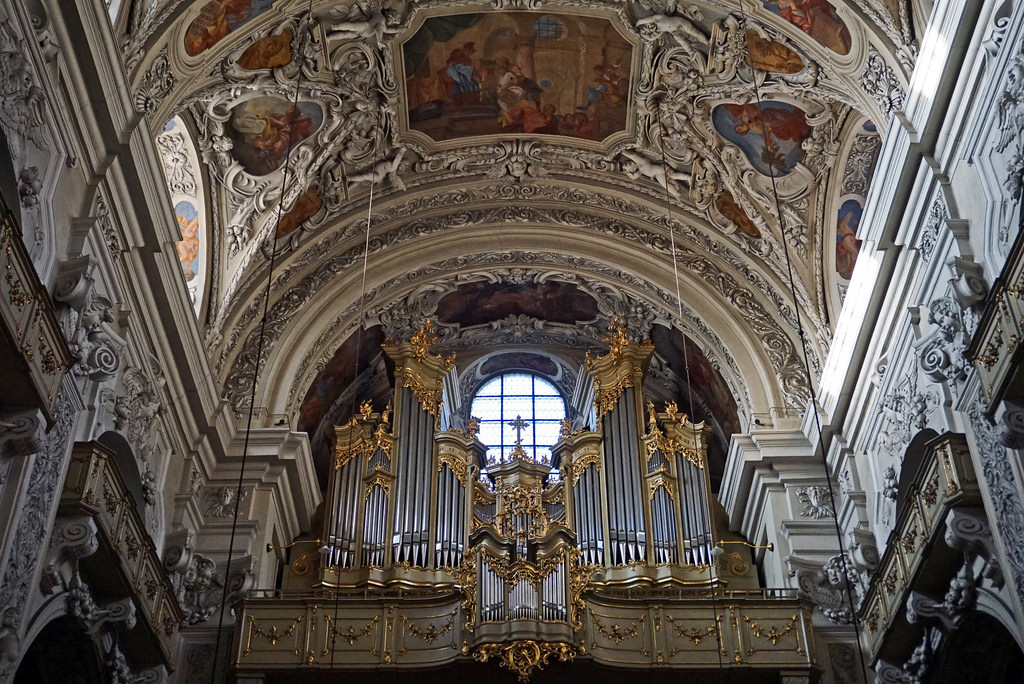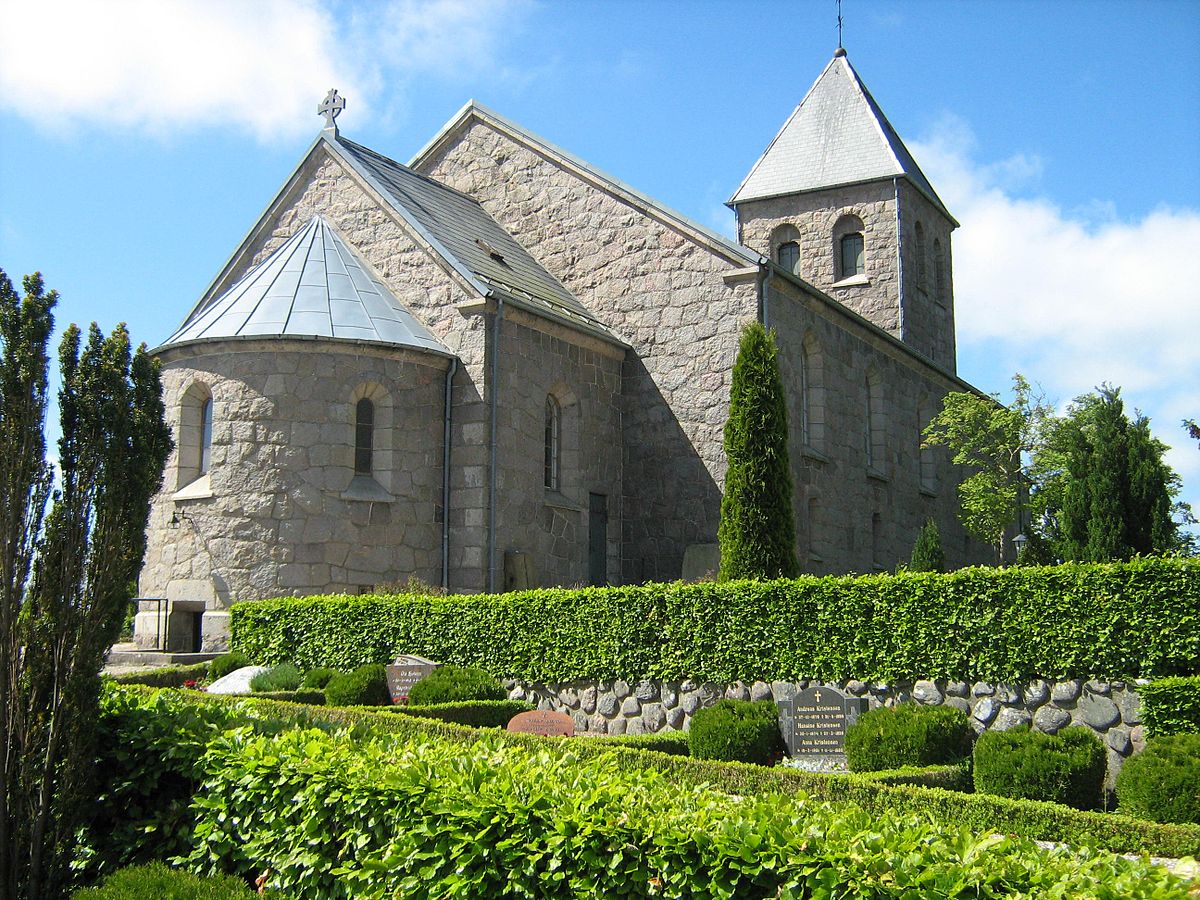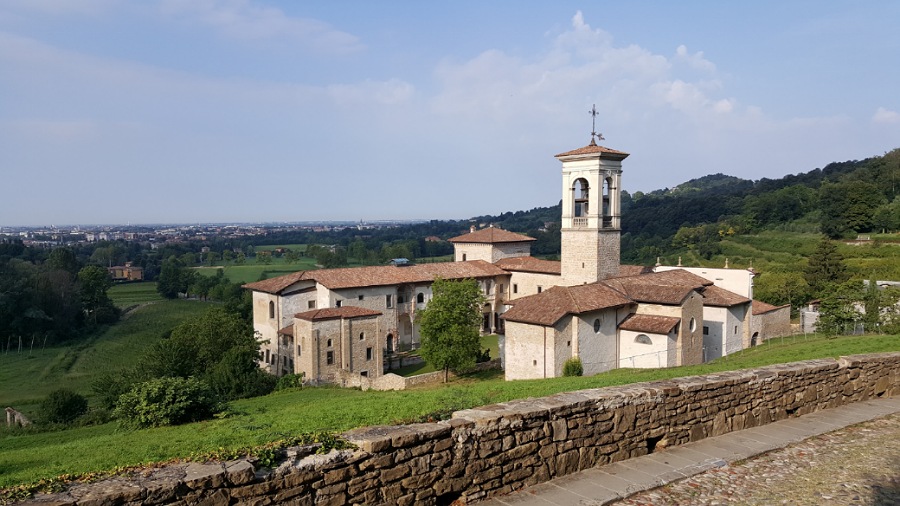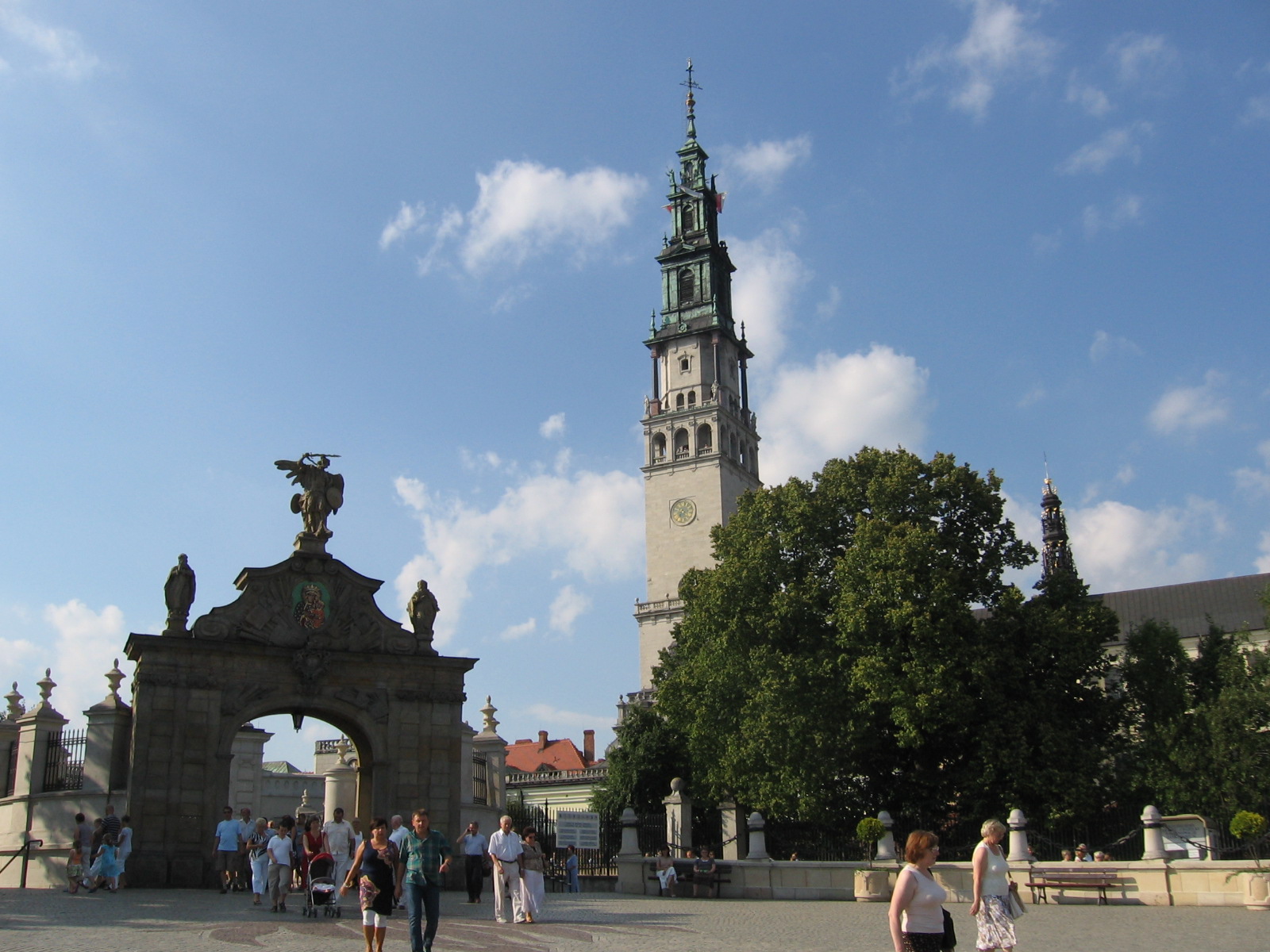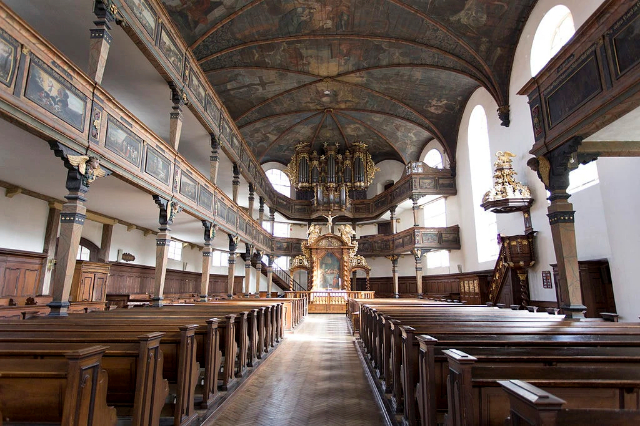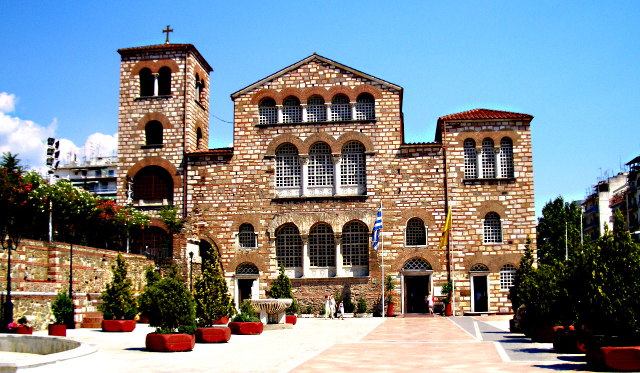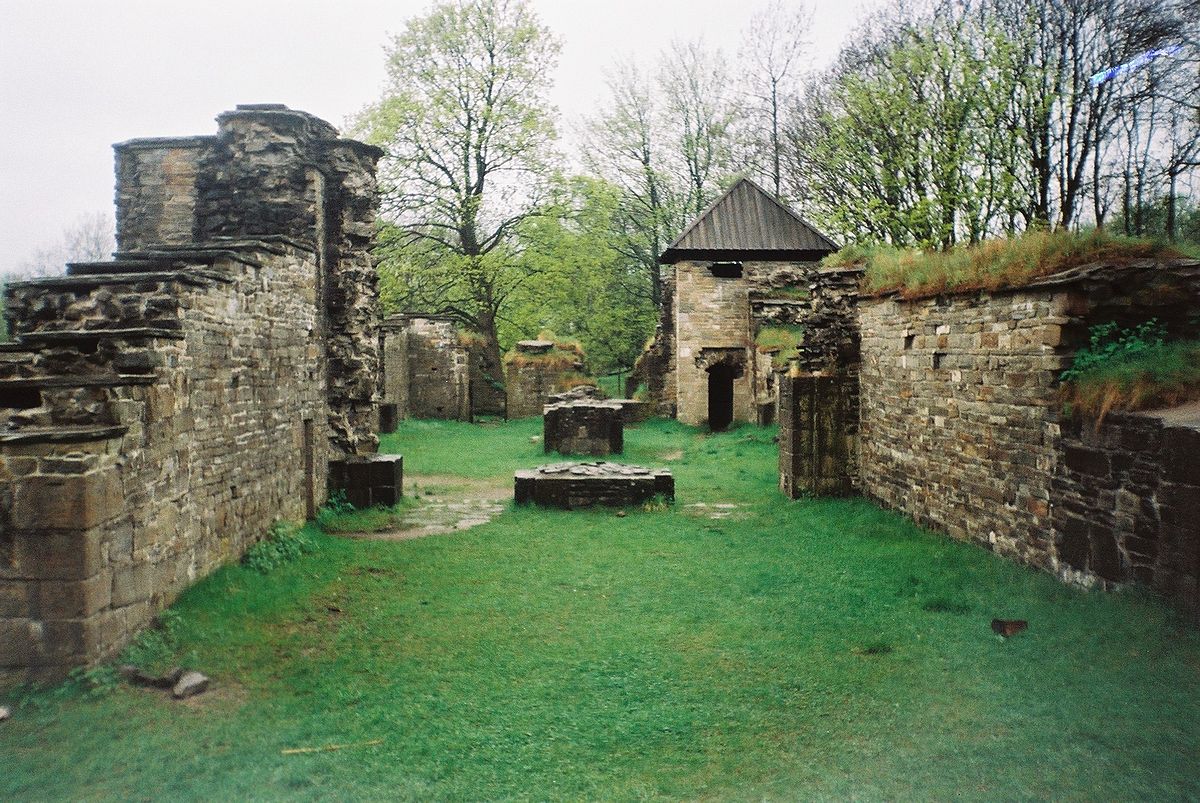The first church on the site of current Dominican Church was built in 1237 by the newly arrived Dominicans on a parcel of land allotted in 1225-1226 by the duke Leopold VI. The church was enlarged between 1240–1270 and a new choir was added in 1273. A series of fires caused the construction of a new Gothic church between 1283 and 1302. The nave was extended between 1458 and 1474. This church consisted of a nave with five cross vaults, and two aisles.
This church was heavily damaged during the first siege of Vienna by the Turkish army in 1529. The choir was demolished and the nave was partly taken down. The building became more and more dilapidated later.
The new-found self-awareness of the Counter-Reformation didn’t allow any more such a sorry state for a church. In 1631 the Dominicans started to build a new oblong church with a dome, following the plan of Jacopo Tencala, architect of Prince Maximilian of Liechtenstein. The master builders were Jacopo Spacio, Cipriano Biasino and Antonio Canevale. They introduced to Vienna the Baroque style of Italy. The first stone was laid by emperor Ferdinand II on 29 May 1631. The structural work was finished in 1634. The church was consecrated on 1 October 1634. The finishing touch was finally given in 1674. The church was elevated to the status of basilica minor in 1927.
The impressive facade was built in the Roman-Lombardic style with dominant columns, supporting the cornice. Its architecture goes back to early Baroque churches in Rome, that in turn, rely on the facade of the Dominican church Santa Maria Novella in Florence. Above the portal one can see the statues of St. Catherine of Siena and Agnes of Montepulciano, kneeling at the feet of Our Lady, patron saint of this church.
The ornate interior is imposing by its architecture and the exquisite stucco in the decorations. Semi-circular windows allow a soft light on the frescoes of the barrel-vaulted ceiling. These are the work of Matthias Rauchmiller (1675), showing in their color and composition the influence of Peter Paul Rubens. They depict in 46 scenes the life of Our Lady.
The apse is dominated by the imposing red-marbled wooden retable in Baroque style from 1839-1840 by Carl Roesner. The gilded pulpit dates from 1700 and was made by Matthias Steinl.
References:
Wikipedia
